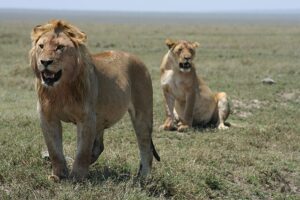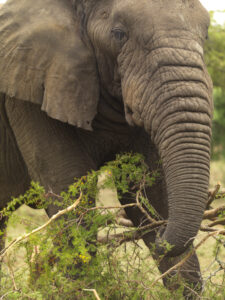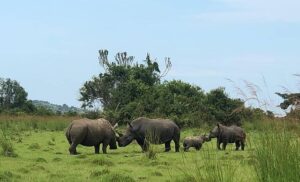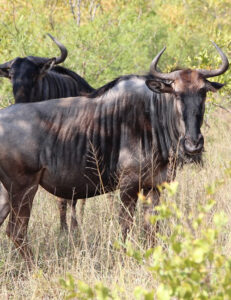Wildlife in Serengeti National Park: Wildebeest, Serengeti Lions and more!
Serengeti National Park is an angelic destination in northern Tanzania and one of the most iconic places to see African wildlife. Known globally for the breathtaking Great Migration and home to the famous Serengeti lions, this UNESCO World Heritage Site features over 90 mammal species and 500+ bird species.
But what really sets Serengeti apart is its thriving population of Serengeti lions, the largest in Africa, the Big Five, the wildebeest migration, and it’s ever growing list of birds. Let us explore why this national park is one of the top safari destinations in the world.
See: Wildlife in Mahale National Park
Serengeti Lions

The lions of the Serengeti are among the park’s most legendary inhabitants. With over 3,000 lions living in the Serengeti ecosystem, the park boasts the highest concentration of lions in Africa. These powerful predators thrive in the open plains and savannahs where prey like wildebeests, zebras, and gazelles are abundant.
Lions in Serengeti live in prides, typically consisting of 10- 15 individuals, led by one or two dominant males. They’re most active during cooler times of the day – early morning or late evening – making these periods ideal for wildlife viewing. Unlike other predators, lions are social cats, and in the Serengeti, their group hunting strategies make them successful apex predators.
Leopards
Leopards are elusive and often solitary, preferring the quieter areas of the park like riverine forests and rocky outcrops. While more difficult to spot than lions, Serengeti leopards are agile climbers and often rest in tree branches during the day. Game drives at dawn or dusk offer the best chances to see one.
African Elephants
The Serengeti is home to large herds of African elephants, especially around the central and northern zones. These gentle giants are easy to identify due to their size and iconic tusks. They play a key ecological role by shaping the landscape—breaking trees, digging water holes, and creating space for smaller species.
Buffalo
Cape buffaloes in the Serengeti are frequently seen in massive herds near water sources. Despite their calm appearance, buffaloes are known to be unpredictable and are considered one of the most dangerous animals to encounter on foot. They’re a favorite target of the Serengeti lions, making predator-prey scenes likely during game drives.
Rhinos
Black rhinos are critically endangered and harder to spot, but they are present, especially in the Moru Kopjes area. These heavily protected animals are monitored closely due to past poaching, and spotting one is a rare and rewarding experience.
The Great Wildebeest Migration
Besides the Big Five, the Serengeti is world-famous for the annual Great Migration—a natural phenomenon where over 1.5 million wildebeests, along with zebras and gazelles, move in a giant circular journey across Tanzania and Kenya in search of fresh grazing. The migration usually peaks in the Serengeti from December to July, often attracting predators like Serengeti lions, hyenas, and crocodiles.
Birdlife
The park’s 500+ bird species range from ostriches and eagles to colorful bee-eaters and hornbills. The best time for birding is during the rainy season when migratory species are present. Birdwatching can be done on guided walks or during game drives.
When to Visit
The best time to see wildlife in Tanzania is during the dry seasons: December–February and June–September. These months offer clearer views as vegetation is sparse and animals gather at water points.
FAQ: Wildlife & Serengeti Lions
Why are Serengeti lions so famous?
How many lions are in Serengeti National Park?
When is the best time to see the wildebeest migration?
What are the Big Five animals?
Can I see all Big Five animals in one trip?
Is Serengeti safe for wildlife safaris?
Can I see lions hunting wildebeests?
Where is the best area to see lions in Serengeti?
Is the wildebeest migration predictable?



